Share
Black in Canada: An Interview with Jalani Morgan
If you don’t know Jalani Morgan, you should. I had the pleasure of chatting with Morgan – a PhotoShelter member – to hear all about Black in ...
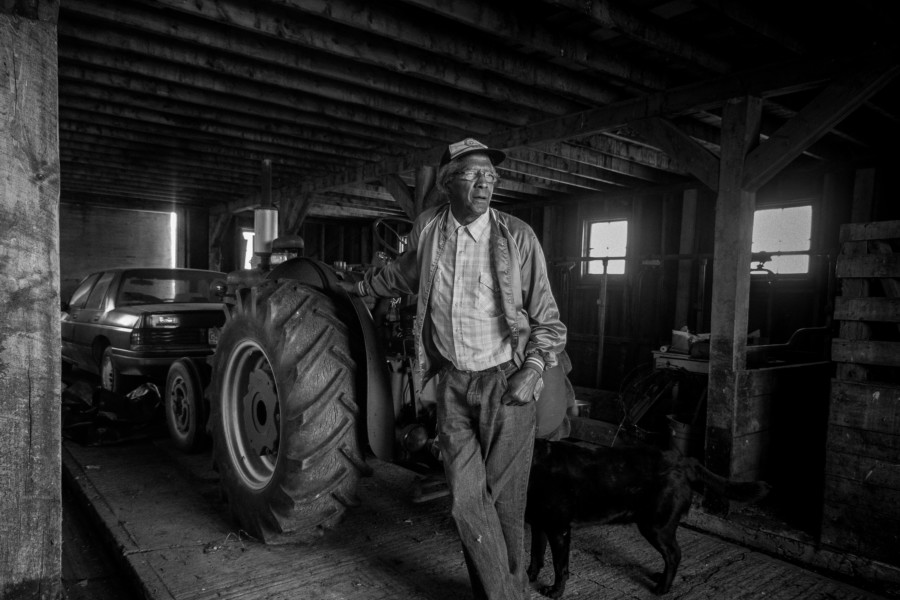
If you don’t know Jalani Morgan, you should.
I had the pleasure of chatting with Morgan – a PhotoShelter member – to hear all about Black in Canada: 10 Stories, his recent story published by BBC News. Morgan spent nearly a year putting together the project and it shows. Traveling to three Canadian cities, the work captures a slice of the black experience through a combination of thoughtful images and interviews.
This interview has been lightly edited for clarity and length.
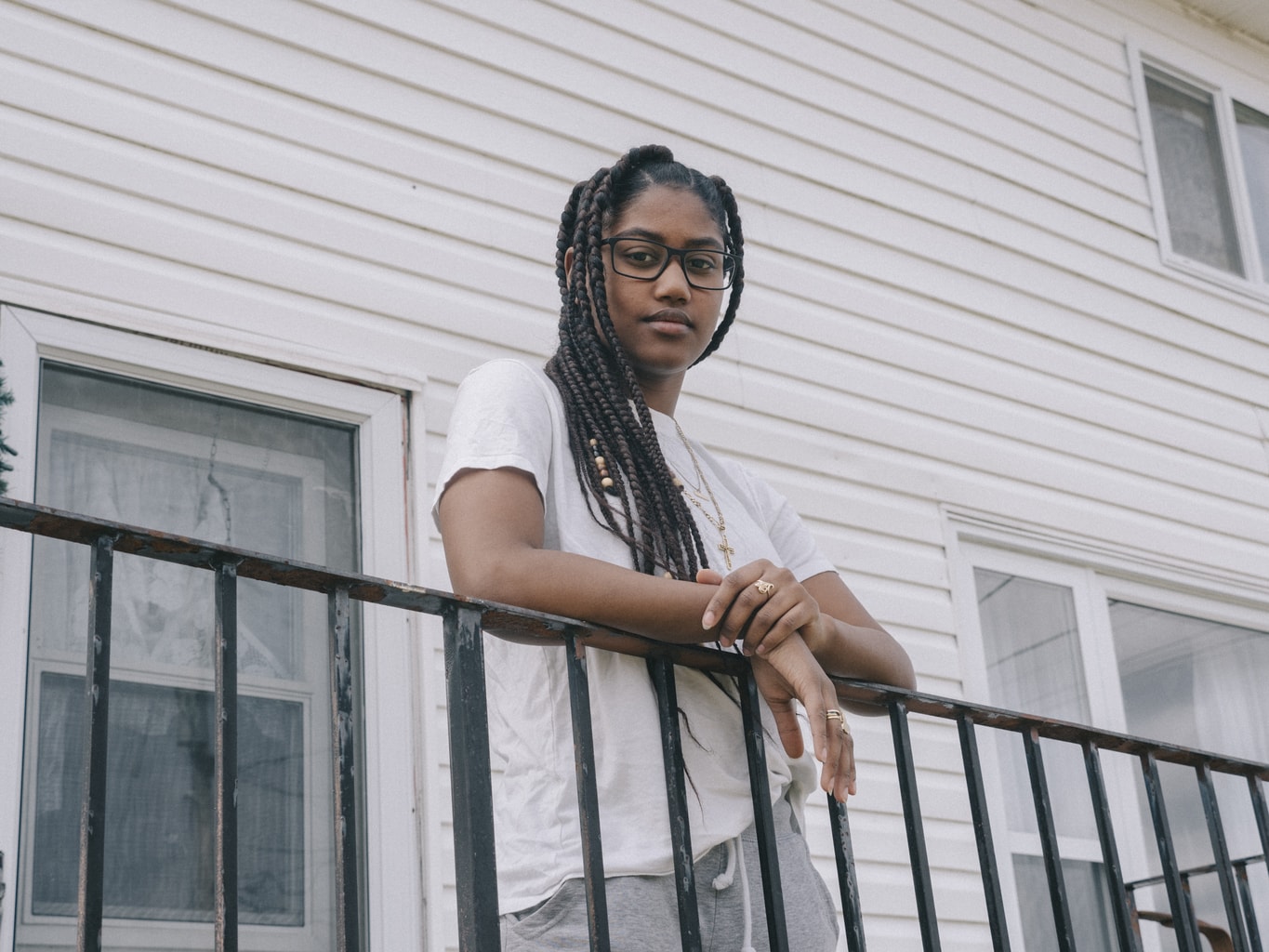
Can you walk us through how you got BBC News to take on your story?
In November 2017, I was approached by BBC News to create work that reflects Black folks’ lives in Canada. This story idea was in line with the work I was already creating and it was a good fit.
How did you find your subjects for the BBC piece?
We used a combination of methods to find the people featured in the piece: reaching out to my extended community via social media and others were suggested by BBC News.
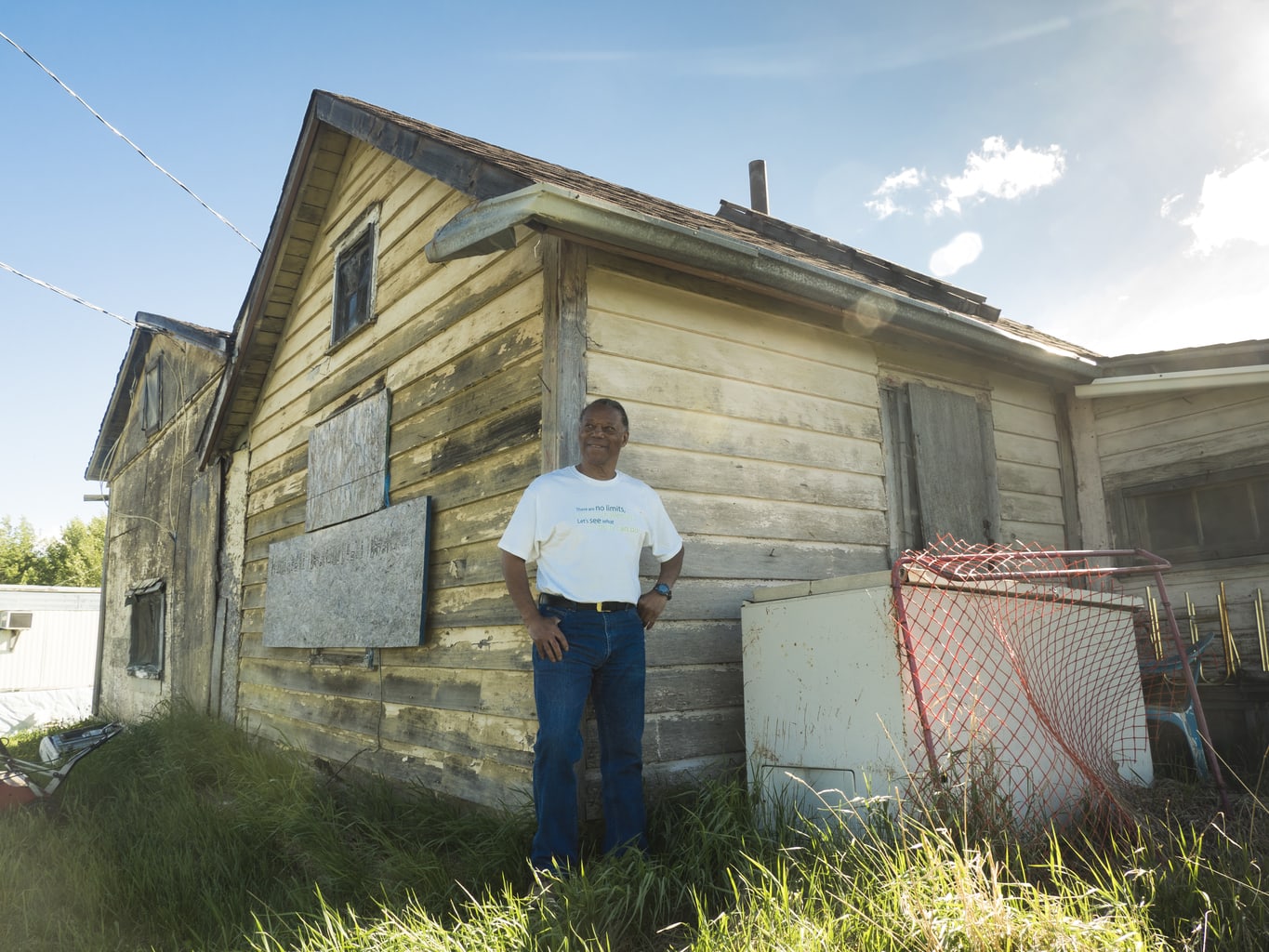
What’s your background in photography? Where did you get your start?
My introduction to photography was my dad’s Yashica 35mm camera. I vividly remember that camera, I never got to use it but had this romance with it that carried through my childhood. I didn’t actively think about being a photographer (dreams of being a baseball player reigned in my childhood) but cameras were certainly adjacent to me in some shape or form. I remember recently looking at a photo I shot in grade 6 during ‘cultural’ day and it was moving since I was the only other Black person in my class. I was already creating an archive without knowing that language! In my teenage years, I shot with instant cameras often and with some of the early digital cameras to come out.
In my early 20s, I expressed a love for photography and my girlfriend at the time gave me a college course and a SLR camera for my birthday. This was a turning point, a moment I will always be thankful for. That course was the impetus of my pursuit to becoming a professional photographer. I was self taught after that, making images instinctively of my community. Things for me took even greater shape when I apprenticed with a 20 year veteran and learned the ropes of the industry. I gained an understanding of the nuances of photography that are outside of the context of making images, like having a solid book, printed or online, producing shoots, assembling teams to make images happen, as well as knowing the folks that make the decisions such as the photo editor, art directors, and art buyers.
After a few years, I went out on my own where the instinctive decisions I made to document my community were framed within a very specific language. I went back to University and learned of cultural theorist Stuart Hall. Hall was a leading academic in expanding the scope of cultural studies of race and gender and that exposure to academic spaces was monumental in my decision to begin working as a photojournalist. That is when I decided to focus on documenting the Black experience here in Canada and abroad.
Is there a particular photo from the piece that carries a lot of meaning to you personally? Why does it mean so much to you?
There is a photo of El Jones that didn’t make it into the piece. It had so much meaning in context to the location of the images and the moment in leading up to the photo. I still struggle when images and moments I love are not included but these are the things that happen, especially when I’m not the editor of my own work. It will be released on my website along with other moments from this project that didn’t make the BBC piece.
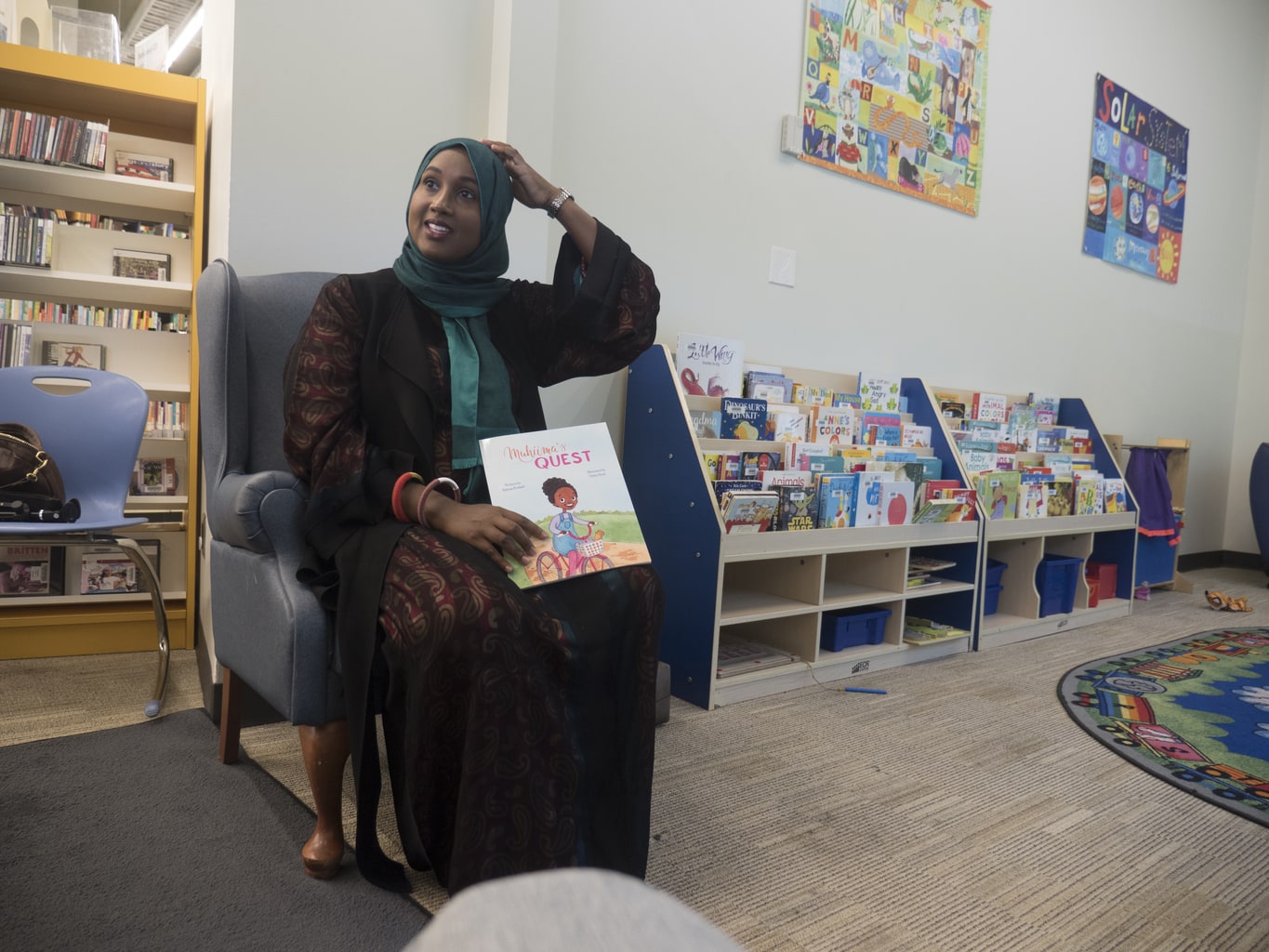
What gear do you use?
I work too damn hard at this work I do to give free promotion to these camera brands. I was using a nice micro 4/3 camera for the last few years that served me so well until it broke and now I’m likely headed back to a DSLR as I move back towards making portraits and conceptual work. However, if I’m not shooting digital I am using instant cameras of all sorts – I also love using my 4×5 camera for particular portraits where that experience will lend itself to the moment. In fairness, I’d love to shoot that one much more, I enjoy how that camera has a way of enchanting the person that’s sitting for the portrait.
In addition to being a photographer, you’re also now a photo editor at West End Phoenix. Have any advice for photographers now that you’re on the other side?
Printed pieces will always get my attention quicker than emails. I wish I could have a better balance in fairness but right now, I know a printed piece will certainly get my curiosity to check your website sooner.
Instagram has become the place for me to find photographers as well. Having updated work on Instagram would be helpful in me finding your work.
Having unpublished work that relates to our newspaper is a solid way of getting possibly published.

(Photo by Jalani Morgan.)
How does PhotoShelter help you in your day-to-day? Do you have a particular feature that’s your go-to?
Having access to my archive online has been great for those moments when I’m not at my main computer, and along with that having the mobile app to send images has been something that has been helpful in my day to day tasks. Lastly, the client proofing tool was a game changer for me. It solved my problem of having to go elsewhere to have a client proofing mechanism.
You’ve got an amazing mix of portraits, photojournalism, and fashion photography on your site. Do you have a favorite? Why?
Thank you. I simply love making images. There are truly favourite moments in each of those ways of photography. Photojournalism is a responsibility that in some moments feels like I’m indexing a particularly special moment, and when it feels that way that feels like my favourite part. In making a portrait of someone, the nuances of the portrait sitting that aren’t seen in the photo are often my favourite parts as I’m left with something that will be adjacent in my mind when I harken back to the photo. In fashion photography, the moment we step on set there’s this combination of creative execution and creative problem solving with folks – the model, stylist, and make up artist – and that dance is my favourite part.
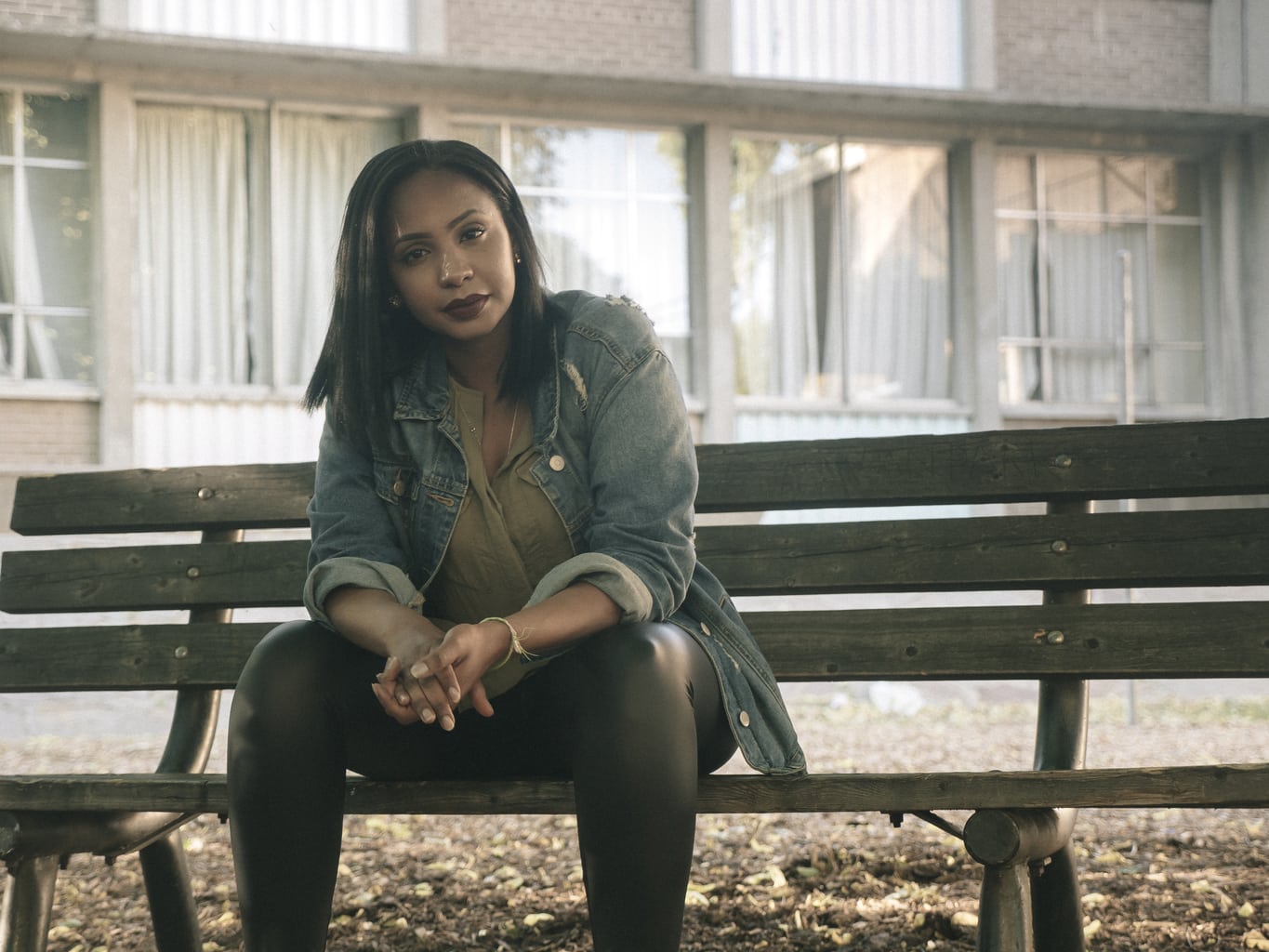
What’s next for you?
My goal is to get the photo industry outside of Canada to see the work I make and care for. Also, I’m working on continuing a personal project that is centered in Blackness in baseball. Right now, I’m specifically focused on it from a Canadian context. There have been limited narratives about Black folks’ participation and excellence in baseball here in Canada and it’s in my personal interest to destabilize history by unearthing past narratives.
Is there anything you’d like to add?
There is a renaissance of Black Canadian photographers making great work. It’s my hope that we will see many of us commissioned in newspapers, magazines, and commercially.

You can find more of Morgan’s work on his site, or by following him on Instagram and Twitter.


